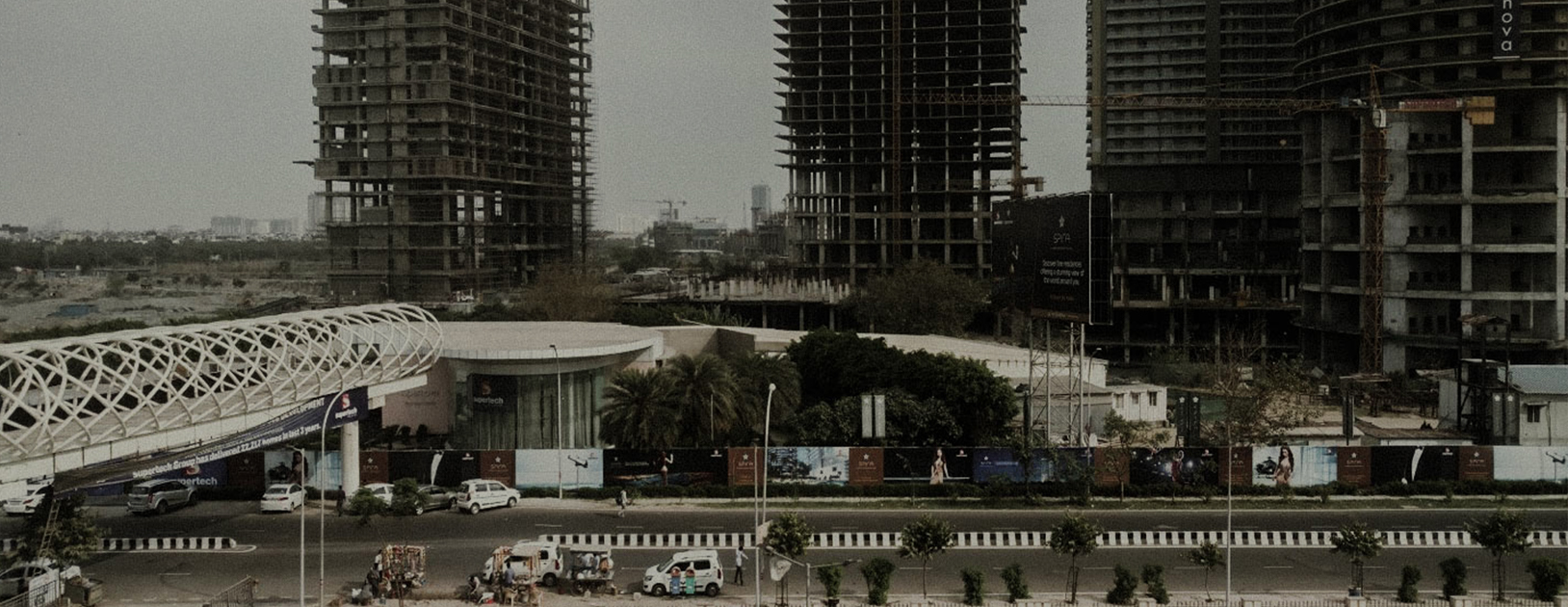India’s urban population is projected to double by 2050. How urban India is built over the coming decades will influence not only the welfare of its urban population, but also its greenhouse gas emissions and exposure to climate risks. Decisions on urban India can lock-in – or lock-out – inclusive, climate-resilient and low-carbon forms and practices in the long-term. How can Indian cities alleviate the current dire state of welfare and local environment while also mitigating and adapting to climate change? Which types of climate-related interventions have found traction in Indian cities, and can be scaled to others?
In a journal article in WIREs Climate Change, Radhika Khosla and Ankit Bhardwaj trace the arc of urban climate efforts in India from an initial emphasis on climate vulnerabilities and risks, broadening over time to include climate mitigation. In the context of a growing emphasis on city-led responses to climate change, the authors identify three overarching characteristics of the governance forms and political motivations of urban climate action in India:
- The use of local development priorities as an entry point to climate mitigation and adaptation;
- The role of non-state actors in promoting climate-relevant outcomes; and
- The proclivity for discrete project-based activities.
The authors suggest that while a range of Indian cities are beginning to consider climate concerns, cities have yet to develop a larger strategic understanding of the interaction between climate and development priorities across policy and governance levels. They conclude that the future trajectory of urban India’s responses to climate change will be shaped by the institutional prioritising, linking and integrating of urgent local development, mitigation and adaptation goals.
The complete paper can be found here.
A read-only version can be found here.
An accompanying blog post for the paper in Advanced Science News can be accessed here.


